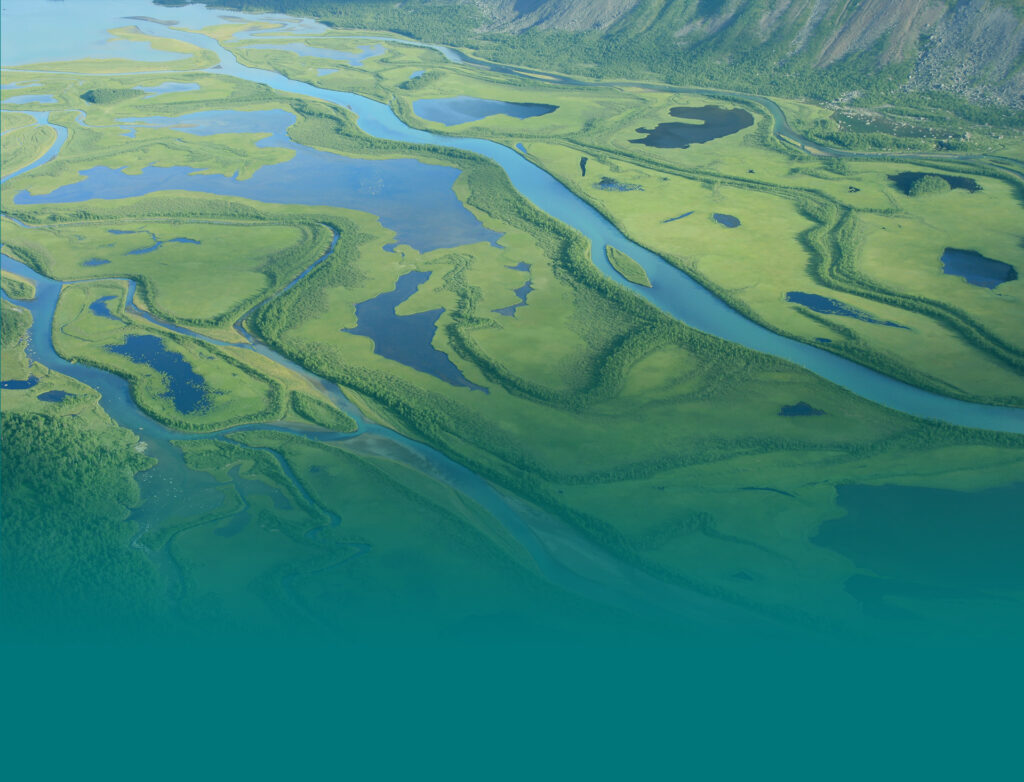The Danube Delta: A Guide to Exploring Europe’s Largest Wetland
Nestled in the southeast corner of Romania, the Danube Delta is an oasis of natural beauty and biodiversity, making it a paradise for outdoor enthusiasts and wildlife watchers. Spanning over 5,000 square kilometers, the Danube Delta is Europe’s largest wetland and the second largest in the world. With its lush vegetation, abundant wildlife, and many hidden waterways, the Danube Delta is a must-visit destination for anyone looking to explore the wonders of nature.
What to Do in the Danube Delta
The Danube Delta offers a wide variety of activities for visitors to choose from. One of the most popular activities in the area is bird-watching as the Delta is home to over 325 species of birds, including pelicans, cormorants, and storks. The Delta also provides an excellent opportunity to explore its hidden waterways by boat, kayak, or canoe. There are several tour operators in the area offering guided boat tours of the Delta’s vast lakes and canals.
For those seeking a more relaxing trip, there are plenty of beaches to enjoy in the Delta. Whether you’re looking for a secluded spot to relax or an exciting beach party, the Delta has something for everyone.
Accommodations in the Danube Delta
The Danube Delta is home to a wide range of accommodation options, from luxurious hotels to rustic cabins. Visitors will find a variety of hotels, guesthouses, and villas in the region, all offering different levels of comfort and services. Most of the accommodation options in the Delta are located near the waterfront, offering stunning views of the Delta’s stunning wetlands.
For those seeking a more rustic experience, there are several camping sites in the Delta. These campsites offer basic accommodation options and are an excellent way to get close to nature.
Wildlife in the Danube Delta
The Danube Delta is home to over 11,000 species of animals and plants, making it one of the world’s most biodiverse regions. Some of the most notable species found in the Delta include the Eurasian otter, beaver, and Eurasian lynx. The Delta also has a large population of fish, including carp, pike, and zander.
The Danube Delta is also an important habitat for many species of migratory birds, making it a must-visit destination for bird-watchers. Over 300 species of birds have been recorded in the Delta, including the white-tailed eagle, common crane, and white stork.
Getting to the Danube Delta
The Danube Delta can be accessed by both boat and car. The closest cities to the Delta are Tulcea and Constanta, both of which are connected to the Delta by a network of canals and rivers. Visitors can also take a bus or train from Bucharest to the Delta.
The best time to visit the Danube Delta is during the summer months when the weather is warm and the Delta is in full bloom. During this time, visitors can enjoy the Delta’s lush vegetation, abundant wildlife, and stunning views.
Conclusion
The Danube Delta is a paradise for nature lovers and outdoor enthusiasts alike. From bird-watching to exploring its hidden waterways, the Delta has something to offer everyone. With its abundance of wildlife and stunning landscapes, the Danube Delta is a must-visit destination for any traveler looking to explore the wonders of nature.

